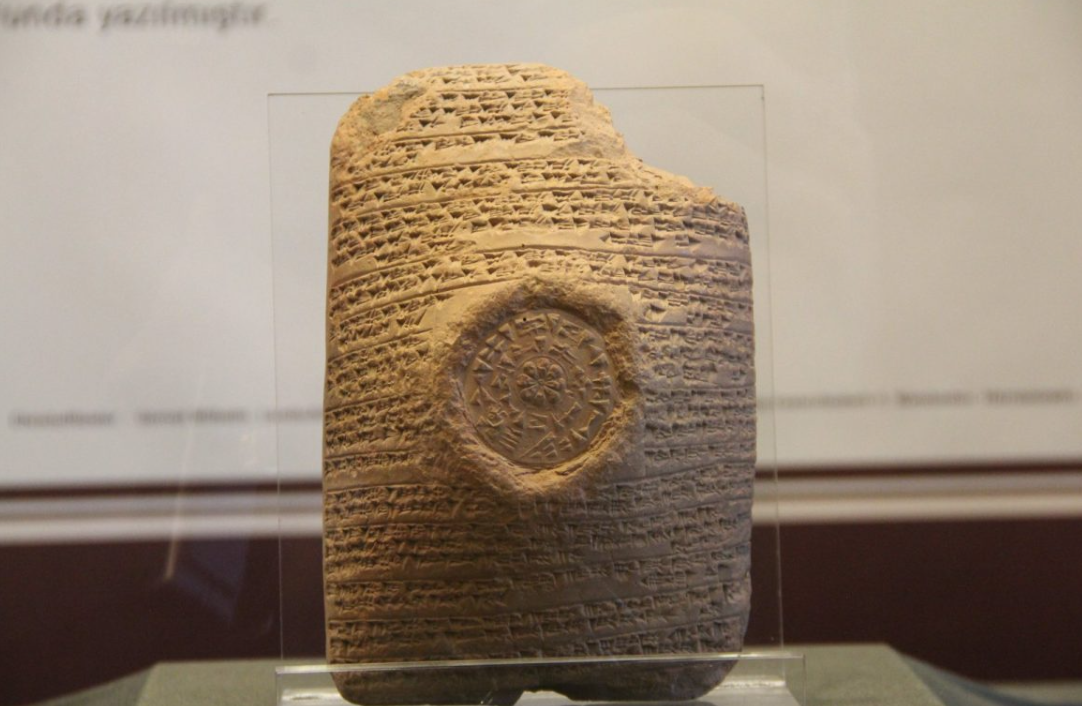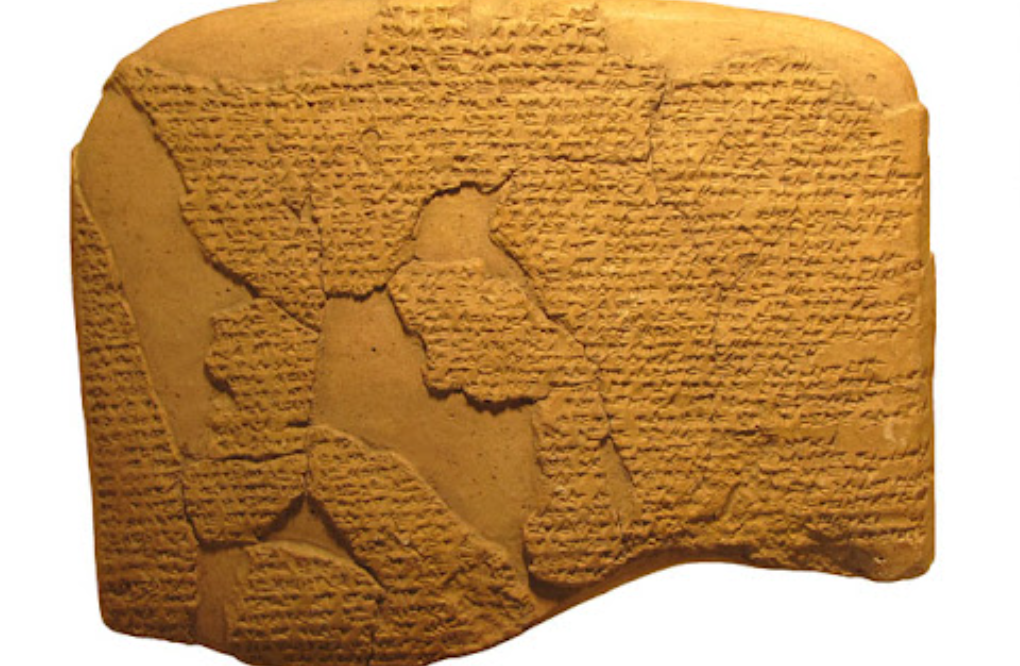Turkish Researchers Utilize Artificial Intelligence to Decipher Cuneiform Hittite Tablets

In a groundbreaking endeavor at the intersection of technology and archaeology, Turkish researchers have successfully employed Artificial Intelligence (AI) to decode the intricate script of cuneiform Hittite tablets. This remarkable achievement marks a significant milestone in the field, offering unprecedented insights into one of the ancient world’s most enigmatic civilizations.
The Hittites, an ancient Anatolian people who flourished during the Late Bronze Age, left behind an extensive corpus of clay tablets covered in cuneiform script. Despite decades of scholarly effort, deciphering these inscriptions has remained a formidable challenge due to the complexity of the script and the limited number of bilingual texts available for comparison.

However, a team of researchers from Turkey’s leading academic institutions, in collaboration with AI specialists, has embarked on a pioneering project to unlock the secrets of these ancient writings. Leveraging the power of machine learning algorithms, the team developed a sophisticated AI model capable of recognizing and analyzing cuneiform characters with unprecedented accuracy.
Dr. Ayşe Yılmaz, the lead archaeologist on the project, emphasized the transformative impact of AI on their research. “Traditional methods of decipherment often relied on manual transcription and painstaking analysis,” Dr. Yılmaz explained. “With AI, we have been able to accelerate the process exponentially, allowing us to decipher texts in a fraction of the time it would have taken using conventional techniques.”

The AI model was trained on a vast dataset of cuneiform inscriptions, enabling it to recognize patterns and linguistic features characteristic of Hittite script. By feeding the model with images of previously untranslated tablets, the researchers were able to generate accurate transcriptions and translations, shedding new light on various aspects of Hittite history, culture, and language.
One of the most striking discoveries facilitated by AI was the identification of previously unknown administrative records detailing trade agreements, taxation policies, and diplomatic correspondence. These insights offer invaluable clues about the economic and political organization of the Hittite Empire, enriching our understanding of this ancient civilization.

Furthermore, AI has enabled researchers to reconstruct damaged or fragmented texts more effectively, filling in gaps and elucidating passages that were previously indecipherable. This capability has the potential to revolutionize the study of ancient texts, opening up new avenues for scholarship and interpretation across diverse linguistic and cultural contexts.
The successful application of AI in deciphering cuneiform Hittite tablets underscores the transformative potential of technology in archaeological research. As Dr. Yılmaz observed, “This collaboration between archaeology and AI exemplifies the synergistic relationship between traditional scholarship and cutting-edge innovation. By harnessing the power of AI, we are not only unlocking the secrets of the past but also paving the way for new discoveries in the future.”

Looking ahead, the research team aims to further refine their AI model and expand its capabilities to encompass other ancient scripts and languages. By continuing to push the boundaries of technological innovation, they hope to unravel the mysteries of the ancient world and preserve its rich cultural heritage for generations to come.